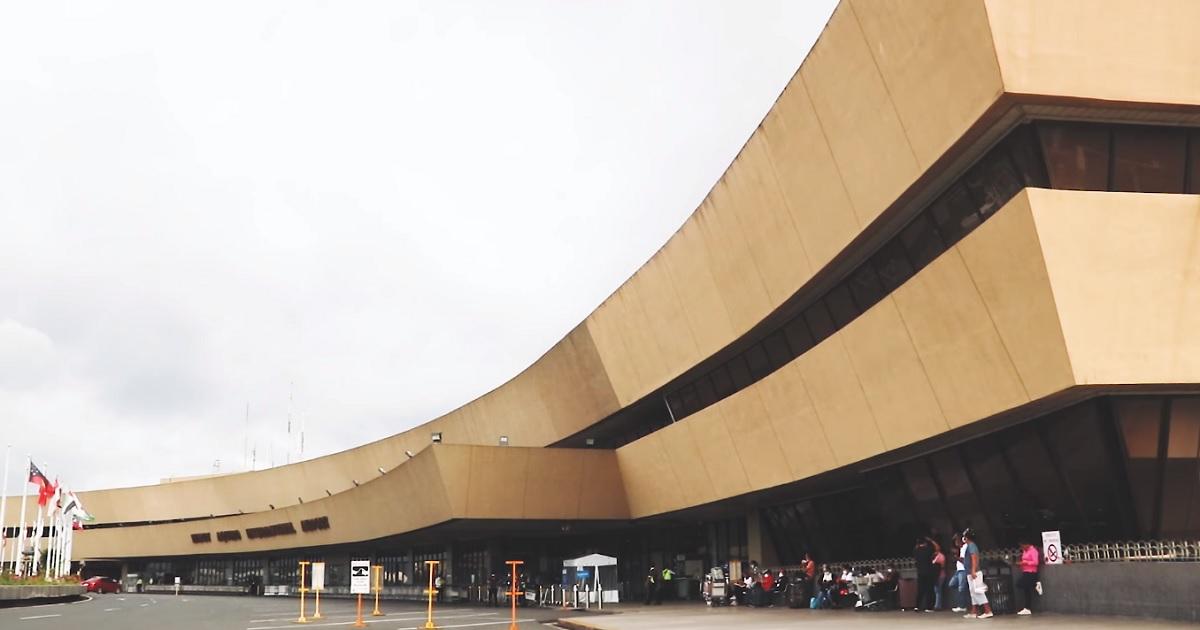Foreign partner in NAIA consortium stands firm on 25-year concession period

Global Infrastructure Partners (GIP), the US-based member of the Manila International Airport Consortium (MIAC), stands firm on its proposal to modernize, rehabilitate, and take over the operations of the Ninoy Aquino International Airport (NAIA) for a period of 25 years, far longer than what the government is seeking for the privatization of the country’s main gateway.
“Twenty-five years to us is the minimum [period] to generate the return over the amount of investment required, whilst keeping charges to users as low as possible,” MIAC spokesperson and GIAP head of transport Philip Iley told GMA News Online in an interview.
The MIAC — composed of GIP and Philippine conglomerates Aboitiz InfraCapital Inc., AC Infrastructure Holdings Corp., Asia’s Emerging Dragon Corp., Alliance Global-Infracorp Development Inc., Filinvest Development Corp., JG Summit Infrastructure Holdings Corp. — is seeking a 25-year concession period to operate the airport to have more time to recover its investments.
The consortium has submitted a P267-billion unsolicited proposal to rehabilitate and develop the NAIA into a modernized gateway.
However, the consortium’s proposal overlaps with the Department of Transportation’s (DOTr) bid, which seeks for the private sector to take over NAIA’s operations for a 15-year concession period.
Asked if the MIAC is amenable for a compromise in terms of reducing the concession period, Iley said, “We would like the certainty of a 25-year concession so we can make the quantum of investment that this airport needs.”
“This airport needs billions and billions of dollars, hundreds of billions of pesos of investment. First of all, to rectify the lack of investment over the last 20 years and then to help it grow to its full potential. Its full potential is 70 million passengers,” he said.
“Would we have any flexibility? I think we would have flexibility in terms of the government’s ability to terminate early subject to appropriate compensation… We wouldn’t agree to a 10 or 15-year contract, but we would agree to a 25-year contract...,” he added.
Transportation Undersecretary for Aviation Roberto Lim earlier said that 15-year concession for the NAIA’s private operator is “the better option,” but added, “[W]e are also incorporating in our proposal an option to extend it by another 10 years in the event circumstances warrant.”
Lim said the extension could be triggered if the completion and start of operations of the two new airports — New Manila International Airport in Bulacan and Sangley International Airport in Cavite — are delayed.
The DOTr official said the National Economic and Development Authority (NEDA) Board, chaired by the President, will decide on “the best route to take” whether solicited or unsolicited regarding NAIA’s privatization.
Iley said GIP is the largest shareholder in the MIAC with 30% equity.
“We are the specialist O&M (operations and maintenance) provider. We’re bringing airport expertise… how to improve the operations and the procedures of the airport, where to get the best technology from, and global relationships with airlines to enable network growth,” he said
“We are a lead investor into this consortium. We want to generate return on investment through the consortium as an equity investor,” he added.
GIP operates several airports under its portfolio such as the Edinburgh Airport, Gatwick Airport, Sydney Airport, London City Airport, among others.
Iley said the MIAC will bring “NAIA up to global standards” as the consortium aims to digitalize and automate processes at the airport “for a stress free travel journey.”
He added that the consortium will also repair and modernize the electrical system of NAIA.
The NAIA recently experienced several power outages, with the Labor Day outage affecting some 9,000 passengers, while the New Year’s Day outage affected 56,000 passengers.
The consortium will, likewise, expand the taxiway system around the airport’s runways, enabling the “runways to be used at a much higher level of activity.”
Co-existence with Bulacan, Cavite airports
While the government seeks to retire NAIA once the proposed gateways in Bulacan and Cavite become operational, Iley said the consortium sees “no problem with competition.”
“We are not trying to restrict fair market competition with either Bulacan or Sangley [airports],” he said, noting that London even has five airports.
The GIP official said the greater metropolitan areas with 20 to 25 million population usually have more than one airport.
“We expect total traffic in the Metro area to grow from 50 million passengers, at the moment, to 100 million in about 10 years times, so there is room and there is a need for more than one airport. We expect NAIA to be part of an airport system,” Iley said.
To recall, the provincial government of Cavite has awarded the $11-billion contract to redevelop Sangley Airport into an international gateway to a consortium composed of Cavitex Holdings Inc., the Yuchengco Group, Lucio Tan-led MacroAsia Corp., Samsung C&T Corp, Munich Airport International GmbH, and Ove Arup & Partners Hong Kong Limited.
On the other hand, San Miguel Corp. is building the P740-billion New Manila International Airport (NMIA) project in Bulacan.
Both airports are seen to decongest NAIA.
Transportation Secretary Jaime Bautista said that while NAIA could still operate, the Sangley and Bulacan airports give travelers the choice of where they would want to land or depart. —KBK, GMA Integrated News




